Table of Contents
Properly Built Teams And Their Value In Education
By Franklin P. Schargel
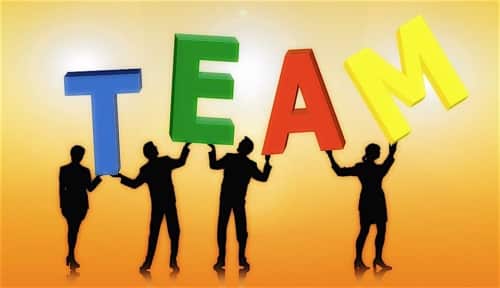 Team building is an essential component in industry and in education. Teams offer a systematic structure to address prevent and solve many of the problems we face in education today that are too difficult for one person or one group to solve. In addition, effective teams:
Team building is an essential component in industry and in education. Teams offer a systematic structure to address prevent and solve many of the problems we face in education today that are too difficult for one person or one group to solve. In addition, effective teams:
- Allow for increased faculty, parent and student participation
- Encourage “ownership” of processes
- Open lines of communication
- Provide for commitment to a common purpose and performance goals
- Share responsibility
- Permit diversity of ideas and opinions to be expressed in an open, non-judgemental forum
- Provide opportunities to participate in decision-making
- Promote the exchange of feedback
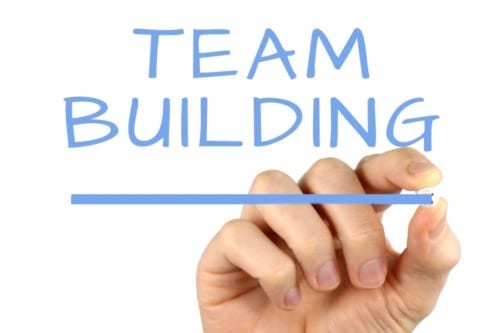 There are four stages of team development:
There are four stages of team development:
Stage 1: Forming: In this stage members of the team get to know one another.
Stage 2: Storming: In this stage team members clarify the purpose of the group and its procedures.
Stage 3: Norming: Here, members practice and experiment in finding solutions.
Stage 4: High Performing: The team is now capable of producing positive, long-lasting results.
At each stage, members of the team need to determine:
- At which stage the team is in?
- How do you get it to move to the next higher level?
According to Dr. Mary Ann Smialek in her book, “Team Strategies for Success” published by Roman Education:
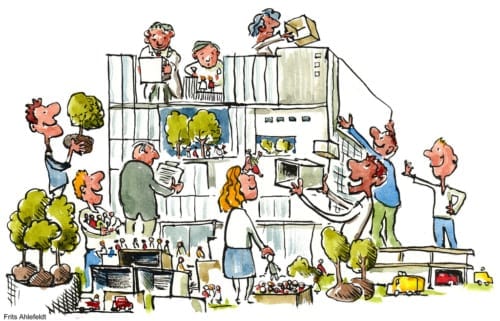 “It is critical to understand a basic concept of teamwork, that everyone has a vital role in the organization. This concept allows that team members “figure out” what their goals should be and what kinds of problems they should be looking for, where to look for them, and what solutions are important. Consider the fact that the people at the level where the work gets done know best where the problems lie. Professional and support staff, parents and sometimes students working in teams are the essential ingredient in understanding what is happening at the places where the work gets done. Therefore, everyone in the system is involved in studying it and proposing how to improve it. Learning is part of work, driven by each person’s need to be effective. Problem solving and shared decision-making processes must address the same problem: how better to meet the learning needs of students.”
“It is critical to understand a basic concept of teamwork, that everyone has a vital role in the organization. This concept allows that team members “figure out” what their goals should be and what kinds of problems they should be looking for, where to look for them, and what solutions are important. Consider the fact that the people at the level where the work gets done know best where the problems lie. Professional and support staff, parents and sometimes students working in teams are the essential ingredient in understanding what is happening at the places where the work gets done. Therefore, everyone in the system is involved in studying it and proposing how to improve it. Learning is part of work, driven by each person’s need to be effective. Problem solving and shared decision-making processes must address the same problem: how better to meet the learning needs of students.”
Components of effective teams:
 Leadership
Leadership
Teams need a leader with a vision that shares leadership with teams, and provides a proven strategy that can be applied in an education environment seeking to improve work and learning processes.
Shared Vision
Another key component of teams is that they have a shared vision of their task. Lack of shared clarity about direction gets teams stuck! When was the last time you were on a team where the participants held different notions about their task? When there’s no strong agreement about the task at hand, it’s easy for people to bicker about whether each should be doing what they’re doing.
Shared clarity is a prerequisite for high performance.
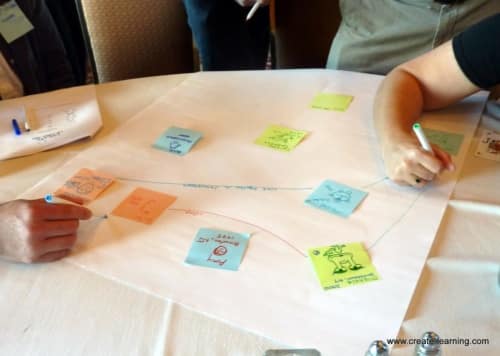 A Clearly Defined Vision
A Clearly Defined Vision
The easiest way for this to happen is for the team to develop a mission statement. It should read something like this: “We exist to … (core purpose). We are responsible for …( deliverables). At all times, we will follow… (ground rules.).”
Team Responsibilities
The responsibility for the success of a team does not lie solely with the team leader but with the entire team. Team members should identify a set of rules of behaviors. The following are offered as suggestions:
All team members should:
- Help the team stick to the agenda
- Help assign tasks
- Be involved in brainstorming
- Synthesize material
- Keep track of time
- Help other members reach consensus
- Regularly review progress
- Volunteer for assignments
- Ask questions
- Summarize
- Offer feedback
- Keep team focused on topic
- Bring up new business
- Come to meetings prepared
- Compliment the team & individual members
- Encourage each person to speak
- Ensure members treat one another respectfully
- Use humor
- Suggest a break if necessary
- Ask if everyone agrees
- Ensure there is a common understanding before moving on
- Reduce defensive behavior
- Watch body language to spot possible problems
- Develop pride in team success
- Encourage the team
The National School Boards’ Association has developed guidelines for effective Team Members:
 Contribute ideas and solutions. Team members need to draw on their own expertise and experience and contribute ideas and solutions. Creative input from a variety of member perspectives is the basis of effective problem solving.
Contribute ideas and solutions. Team members need to draw on their own expertise and experience and contribute ideas and solutions. Creative input from a variety of member perspectives is the basis of effective problem solving.
- Recognize and respect difference in others. Creative, effective teams bring together individuals with widely divergent skills and background who must work closely together to execute the tasks assigned to them. This can only be accomplished in an atmosphere of mutual respect and willingness to listen. Team members will not always agree with the ideas of other team members, but should always be willing to listen without prejudice.
- Value the ideas and contributions of others. Input from every member of the team should be carefully weighed and evaluated, never disparaged.
- Listen and share information. Really listening to what other team members have to say is one of the most vital skills you can contribute to a productive team atmosphere.
- Ask questions and get clarification. If an idea is not clear to you, it is your responsibility to ask questions until the matter is clarified. Limit jargon.
- Participate fully and keep your commitments. In order to fully participate, you have to contribute ideas, and challenge the conventional ways of doing things.
What Are The Characteristics Of Effective Team Members?
 Team members are supportive to achieve results
Team members are supportive to achieve results- Team members avoid “winning” at the expense of others
- Team members keep the goal and the mission in mind
- Team members are open to the ideas of others
- Team members share information and ideas
- Team members support the contribution of others
Without the enthusiastic support of all members, a team is just a collection of individuals. The unique skills and perspectives that each team member brings to the team are crucial to the success of the completion of the tasks. With those objectives in mind, schools can move forward, collectively.
Author
Mr. Franklin P. Schargel is an author, consultant and Senior Managing Associate of the School Success Network, an educational consulting organization interested in Improving School Performance and Increasing School Graduates. He is also the author of 12 books on school reform. Visit his website, www.schargel.com for additional material on school reform. He can be reached at franklin@schargel.com, and you can follow him on Twitter
- WSYM TV – Local third-graders test MSU students’ Design Day project
- Yahoo Finance – Tata Consultancy and Toronto School Board Host 18 Schools in ‘goIT’ App Finale
- Philly.com – Eagles’ Hicks and Sixers’ Covington to ‘draft’ kids for book-writing contest

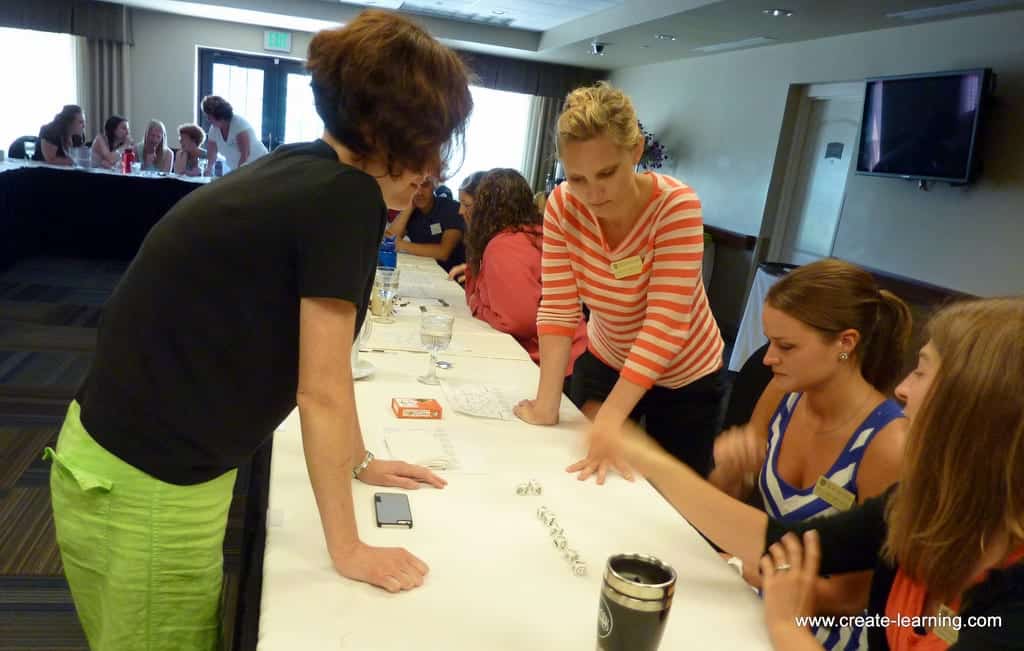
 Contribute ideas and solutions. Team members need to draw on their own expertise and experience and contribute ideas and solutions. Creative input from a variety of member perspectives is the basis of effective problem solving.
Contribute ideas and solutions. Team members need to draw on their own expertise and experience and contribute ideas and solutions. Creative input from a variety of member perspectives is the basis of effective problem solving. Team members are supportive to achieve results
Team members are supportive to achieve results